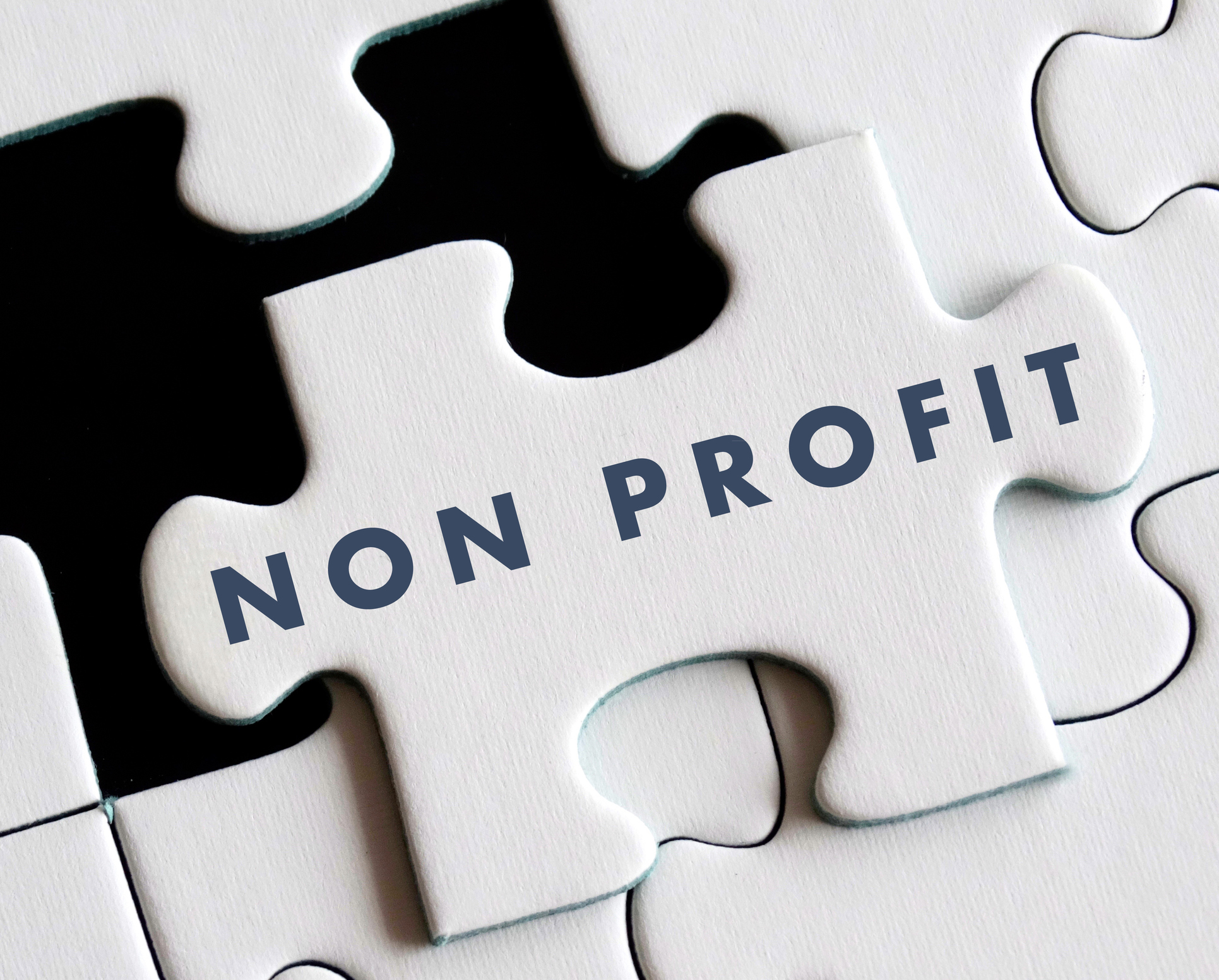Top Nonprofit Agency: Helping Charities and Organizations Achieve Their Objectives
Top Nonprofit Agency: Helping Charities and Organizations Achieve Their Objectives
Blog Article
Exploring the Diverse Features and Duties of a Nonprofit Firm in Dealing With Social Issues and Encouraging Modification
Nonprofit firms function as vital representatives of change within culture, tackling a myriad of social problems with diverse methods. Their duties prolong beyond plain solution provision; they take part in advocacy, source mobilization, and community outreach, commonly serving as a bridge between marginalized populaces and necessary solutions. By cultivating collaborations and using culturally pertinent strategies, these organizations address the source of social difficulties. Yet, the intricacies of their functions elevate essential concerns about efficiency and sustainability. What are the effects of these diverse functions on long-lasting neighborhood effect?
Comprehending Nonprofit Company Functions
The efficiency of not-for-profit firms hinges on a clear understanding of their varied roles within culture. These organizations function as vital intermediaries between the general public, private, and governmental fields, dealing with various social problems and promoting for adjustment. Not-for-profit firms often work as solution providers, providing vital programs and resources to underserved populaces. This role is essential in loading spaces that may exist in civil services, making sure that prone teams have access to needed assistance.
In addition, nonprofits play a crucial role in campaigning for, elevating understanding and affecting plan decisions that impact their areas. By involving in research study and public education and learning, these companies assist form public discussion and promote educated decision-making - nonprofit agency. They likewise serve as platforms for volunteerism, activating community members to add their time and skills toward collective objectives
Moreover, not-for-profit agencies usually act as conveners, combining diverse stakeholders to promote cooperation and collective influence. This joint strategy improves their capacity to attend to facility social concerns efficiently. Comprehending these diverse functions is crucial for maximizing the potential of nonprofit agencies in developing sustainable social modification and enhancing overall area well-being.
Area Engagement and Outreach
Efficient neighborhood interaction and outreach are fundamental parts of nonprofit firms' methods to promote links and build trust within the communities they serve. These initiatives concentrate on understanding neighborhood demands, promoting recognition of available sources, and encouraging participation in programs made to address social issues. Nonprofit organizations utilize a variety of techniques to involve with community members, such as workshops, educational sessions, and collective occasions.
Outreach efforts serve to strengthen connections with varied populations, especially marginalized teams who may deal with barriers to access. By making use of culturally pertinent interaction strategies and leveraging local collaborations, nonprofits can improve their visibility and show their commitment to neighborhood empowerment. This strategy not just cultivates a sense of belonging yet likewise boosts the chance of continual interaction.
Additionally, effective neighborhood engagement exceeds simple involvement; it includes actively paying attention to community participants' feedback and including their understandings right into program advancement. This collaborative procedure ensures that the solutions provided are responsive, appropriate, and tailored to the special challenges encountered by the neighborhood. Ultimately, cultivating solid links with involvement and outreach can result in more impactful treatments and a better collective initiative toward promoting favorable social change.
Campaigning For and Policy Influence
Advocacy acts as an essential system for not-for-profit agencies to influence public plan and drive systemic modification. By leveraging their competence and neighborhood insights, these companies can efficiently represent marginalized populaces and address pushing social concerns. Nonprofits engage in campaigning for via different techniques, consisting of public recognition campaigns, grassroots mobilization, coalition building, and direct lobbying of policymakers.
Via these initiatives, not-for-profit firms intend to shape regulations and plan frameworks that line up with their mission and the needs of the neighborhoods they offer. They carry out research, collect information, and share engaging stories to highlight the seriousness of specific problems, ensuring that decision-makers are article source notified and encouraged to act. This procedure not only amplifies the voices of those influenced by social oppressions yet likewise fosters an extra fair and comprehensive policymaking setting.
Additionally, advocacy initiatives usually look for to create lasting structural adjustments, attending to source as opposed to merely alleviating symptoms. By prioritizing policy impact, not-for-profit firms add to a more comprehensive understanding of social challenges and advertise options that can cause lasting renovations in societal wellness. Eventually, advocacy is basic to the transformative role nonprofits play in producing a just and equitable culture.
Fundraising and Resource Administration
Not-for-profit companies count on durable fundraising and resource management approaches to sustain their campaigning for efforts and sustain their objectives. Reliable fundraising is necessary for making certain the availability of funds necessary to execute programs and activities that resolve pushing social concerns. This process usually involves branching out income streams via grants, specific donations, corporate sponsorships, and fundraising events. By employing a multi-faceted method, nonprofits can minimize the threats connected with dependence on a solitary financing resource.
Source monitoring is just as critical, as it involves the tactical appropriation of both human and economic sources to optimize influence. Nonprofits must develop spending plans that align with their goals while guaranteeing openness and accountability to stakeholders. This entails normal tracking of expenses and changing techniques as needed to enhance source usage.

Cooperation and Collaborations
While lots of companies pursue their missions independently, partnership and collaborations can substantially enhance the efficiency of nonprofit companies. By collaborating with other nonprofits, federal government entities, and economic sector companies, nonprofits can pool resources, share expertise, and enhance their effect on social issues. Collective efforts often result in innovative remedies that may not be achievable individually, leveraging the toughness of each partner to attend to complicated obstacles.

Inevitably, effective partnership calls for clear interaction, shared goals, and mutual regard among companions. By welcoming a participating approach, not-for-profit firms can produce sustainable networks that not only address instant social problems yet also add to long-lasting systemic modification, fostering a more equitable culture. Via collaboration, nonprofits can flourish and optimize their capacity for purposeful effect.
Final Thought
Nonprofit agencies act as important entities in addressing social concerns and fostering change within neighborhoods. Via varied features such as area campaigning for, involvement, and source management, these organizations effectively mobilize resources and support for underserved populations. Their collaborative efforts with numerous stakeholders enhance the ability to affect public plan and advertise architectural modifications. Inevitably, the complex roles of nonprofit companies dramatically add to the search of social justice and the improvement of area health.
Recognizing these complex duties is vital for taking full advantage of the capacity of not-for-profit firms in creating sustainable social adjustment and improving overall area well-being.
Efficient area involvement and outreach are fundamental parts of not-for-profit companies' strategies to construct and cultivate connections depend on within the communities they offer. By functioning why not find out more together with other nonprofits, government entities, and private field organizations, nonprofits can pool resources, share knowledge, and amplify their effect on social concerns.Not-for-profit firms serve as important entities in resolving social concerns and cultivating modification within neighborhoods - nonprofit agency. Eventually, the diverse roles of not-for-profit firms considerably contribute to the quest of social justice and the improvement of area wellness
Report this page